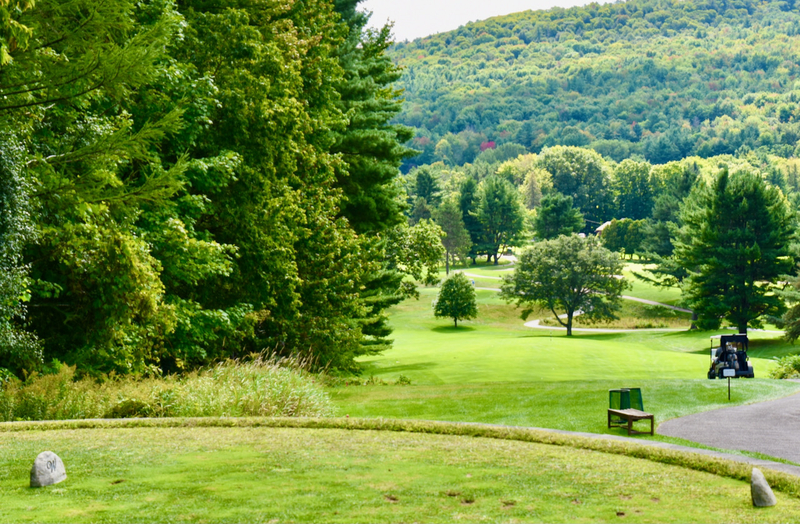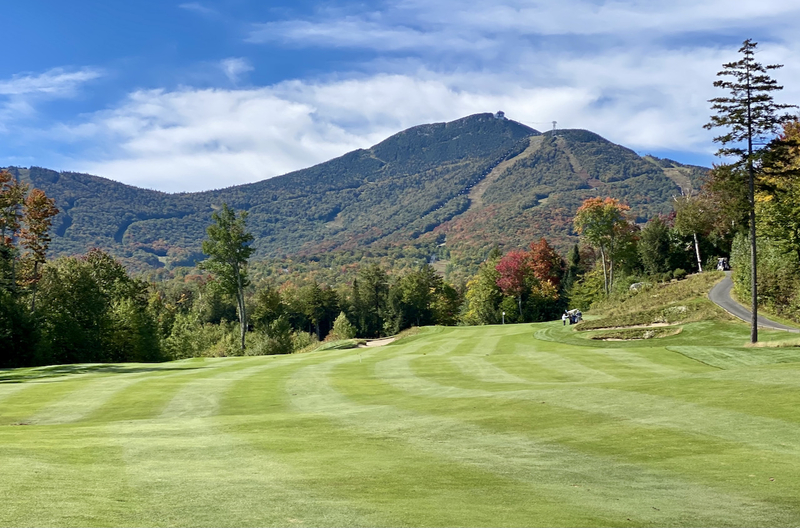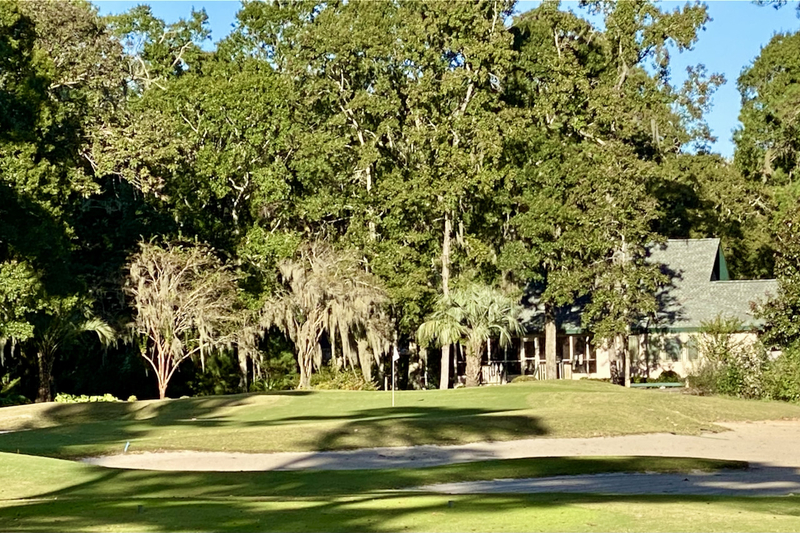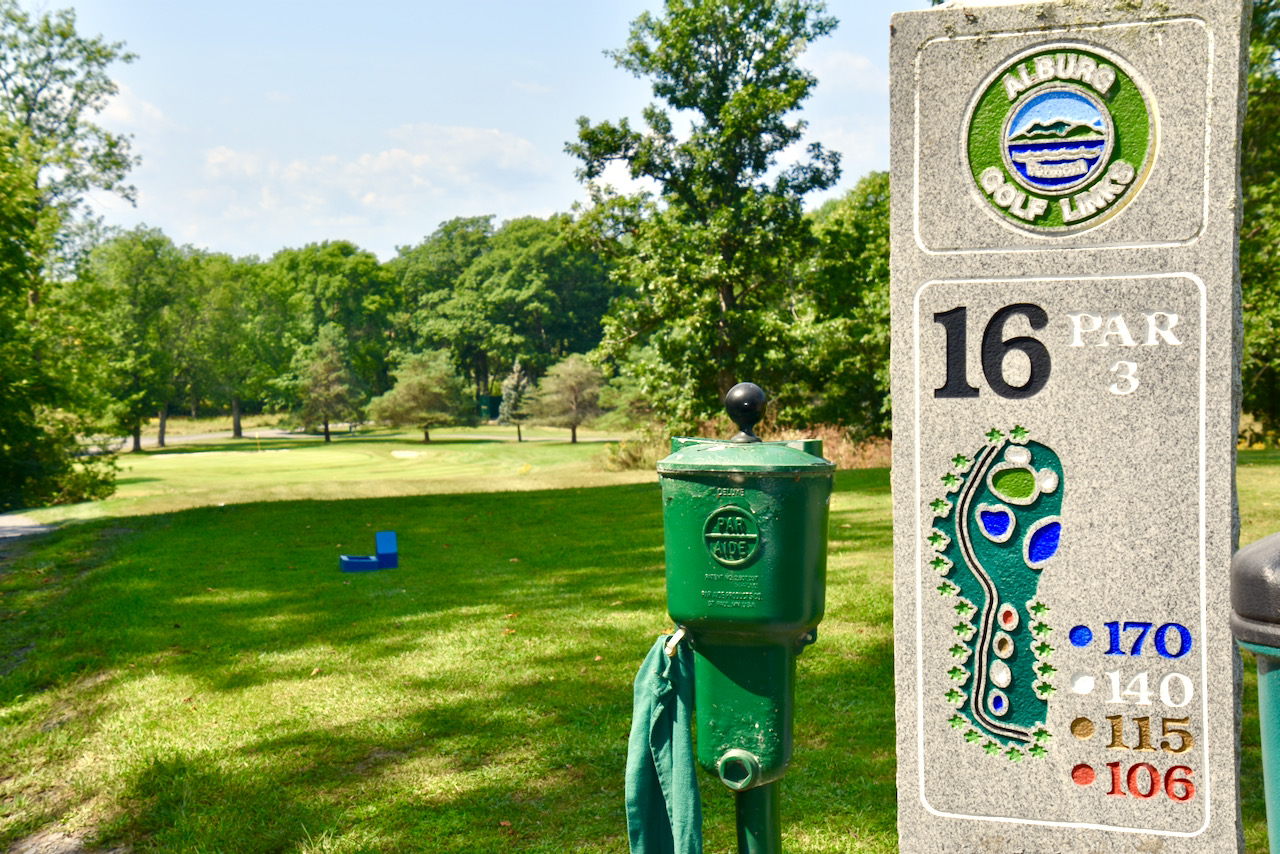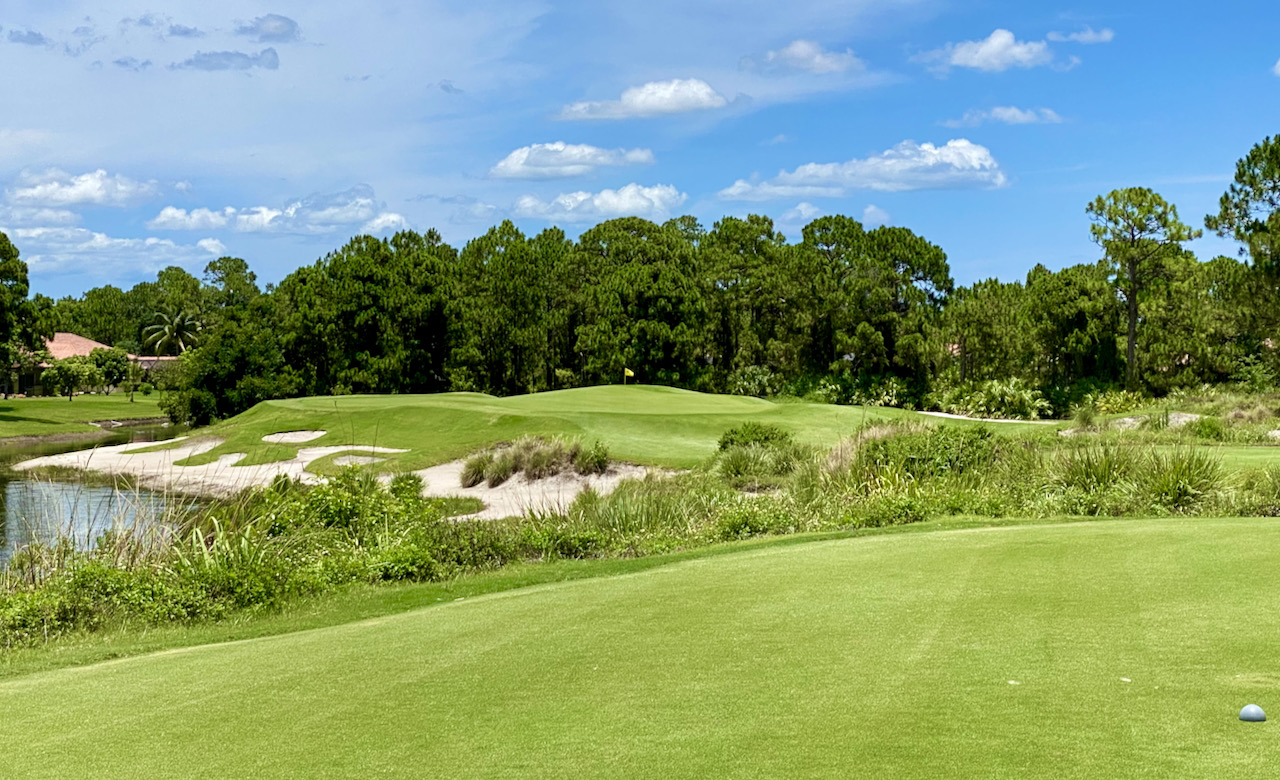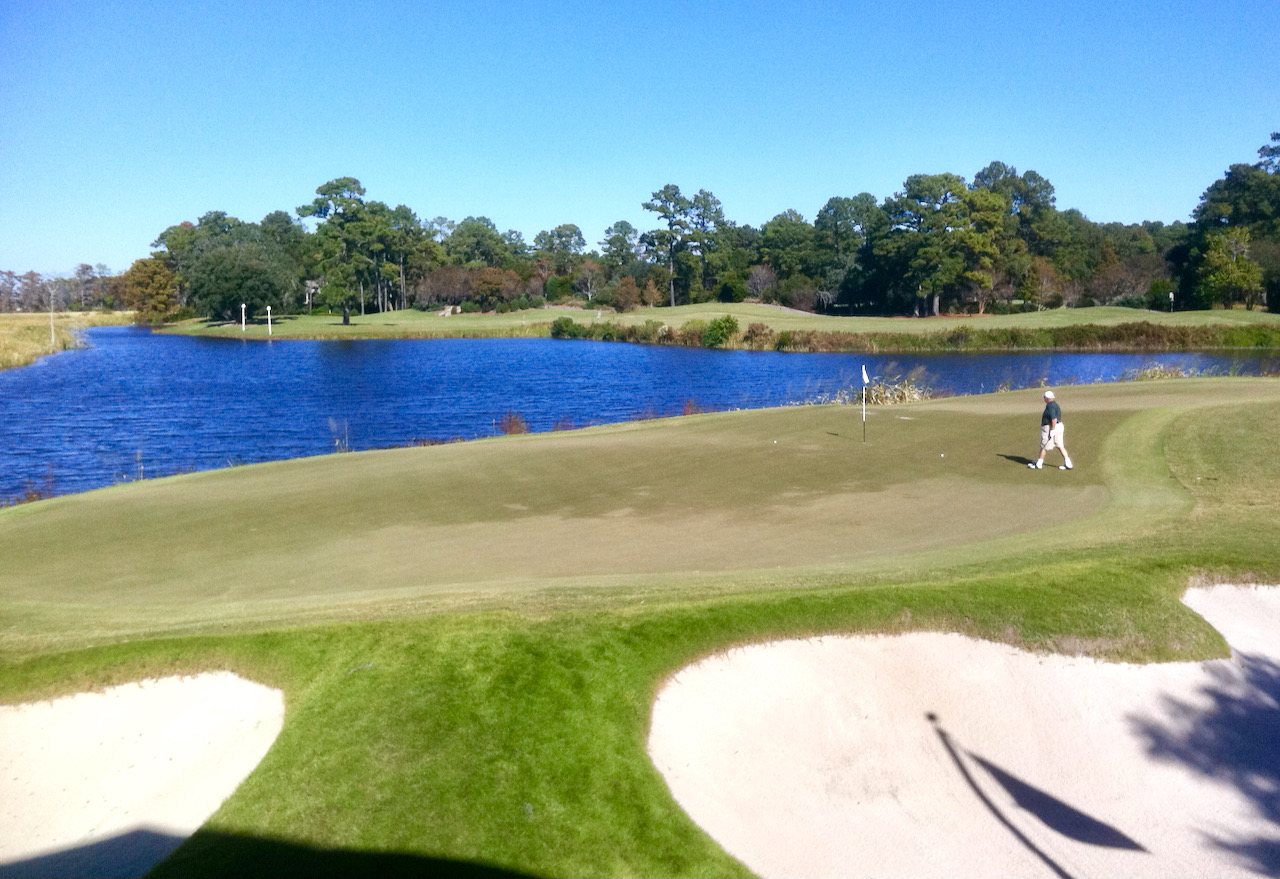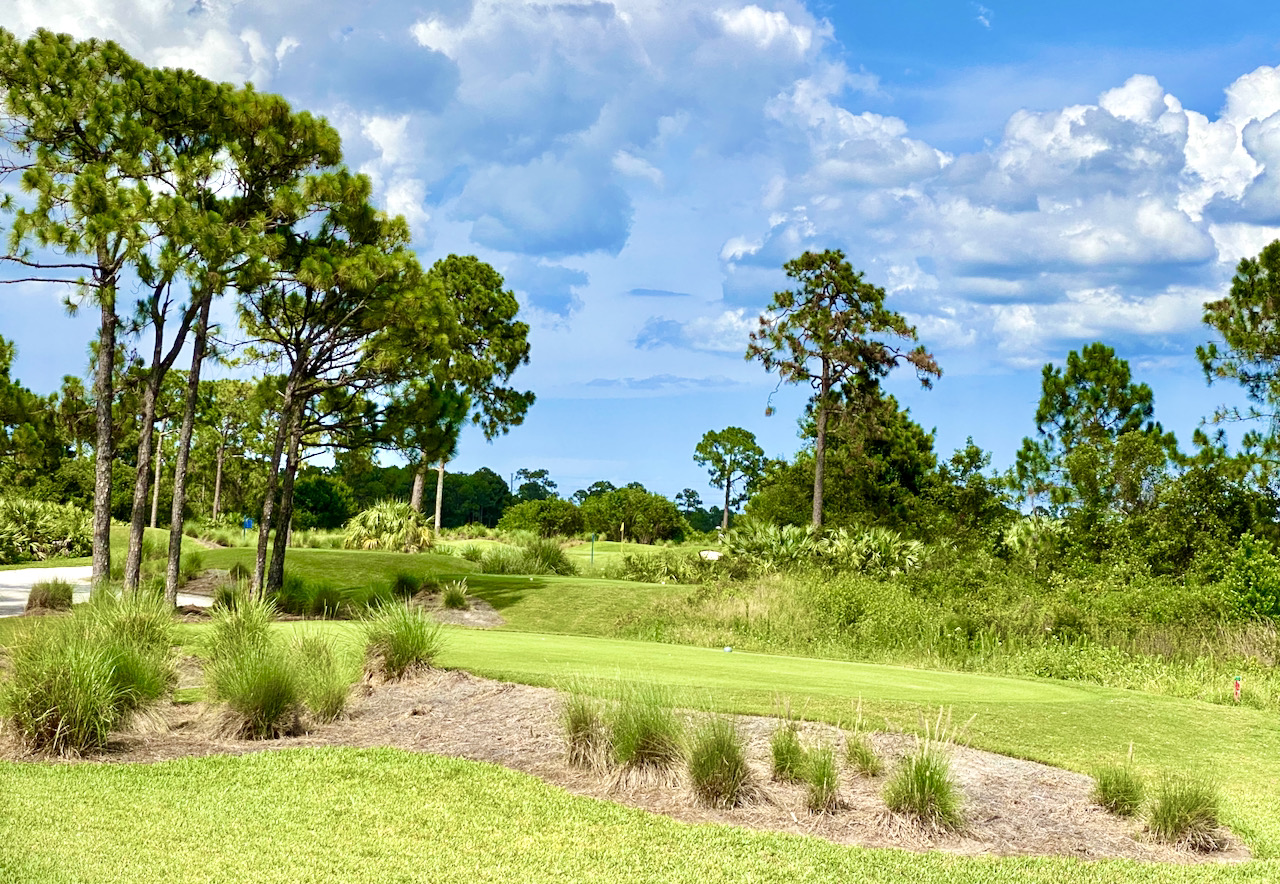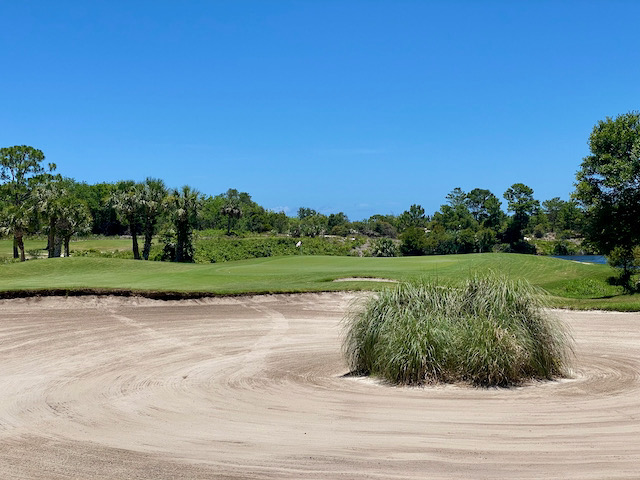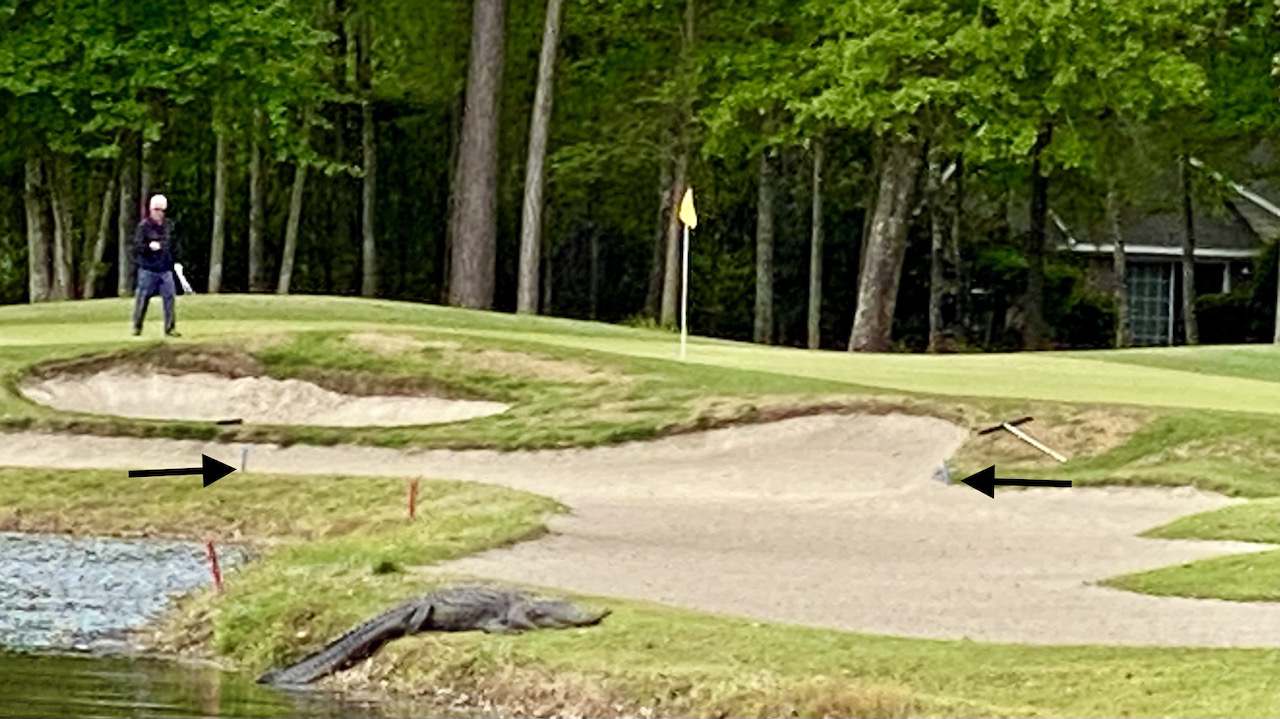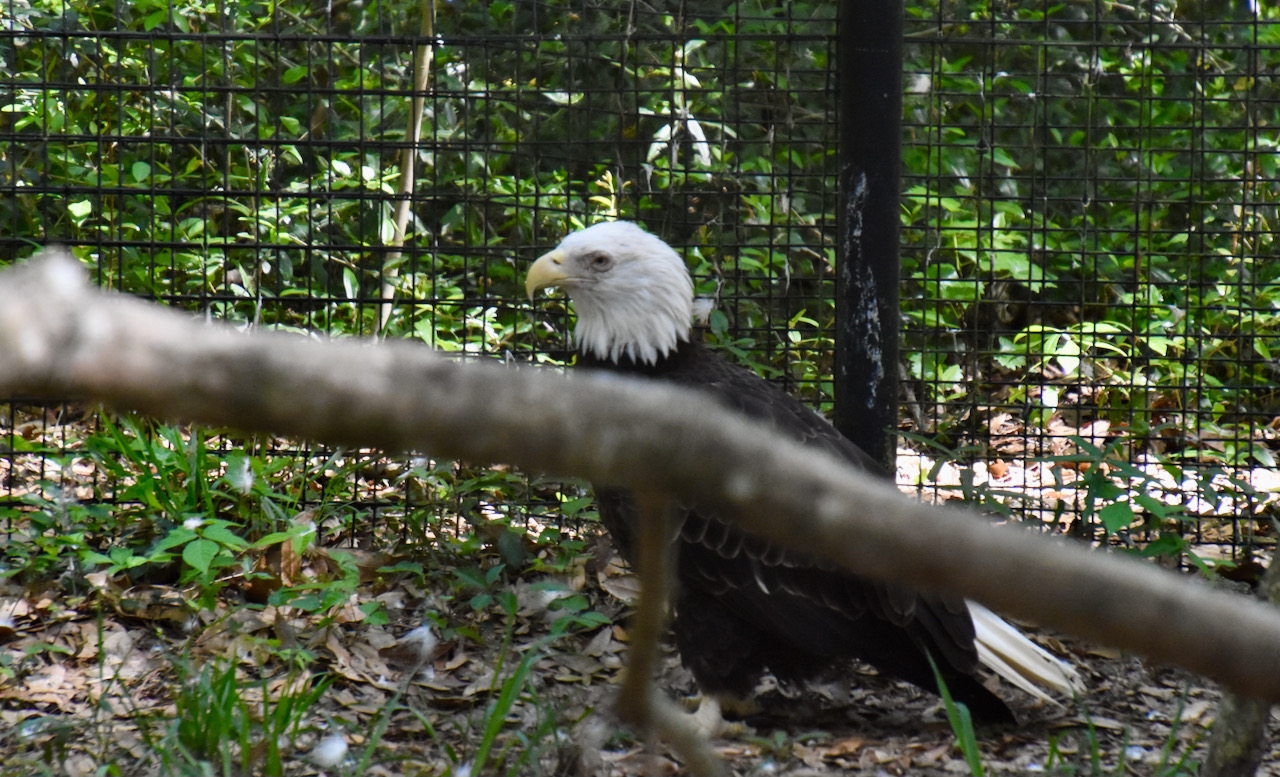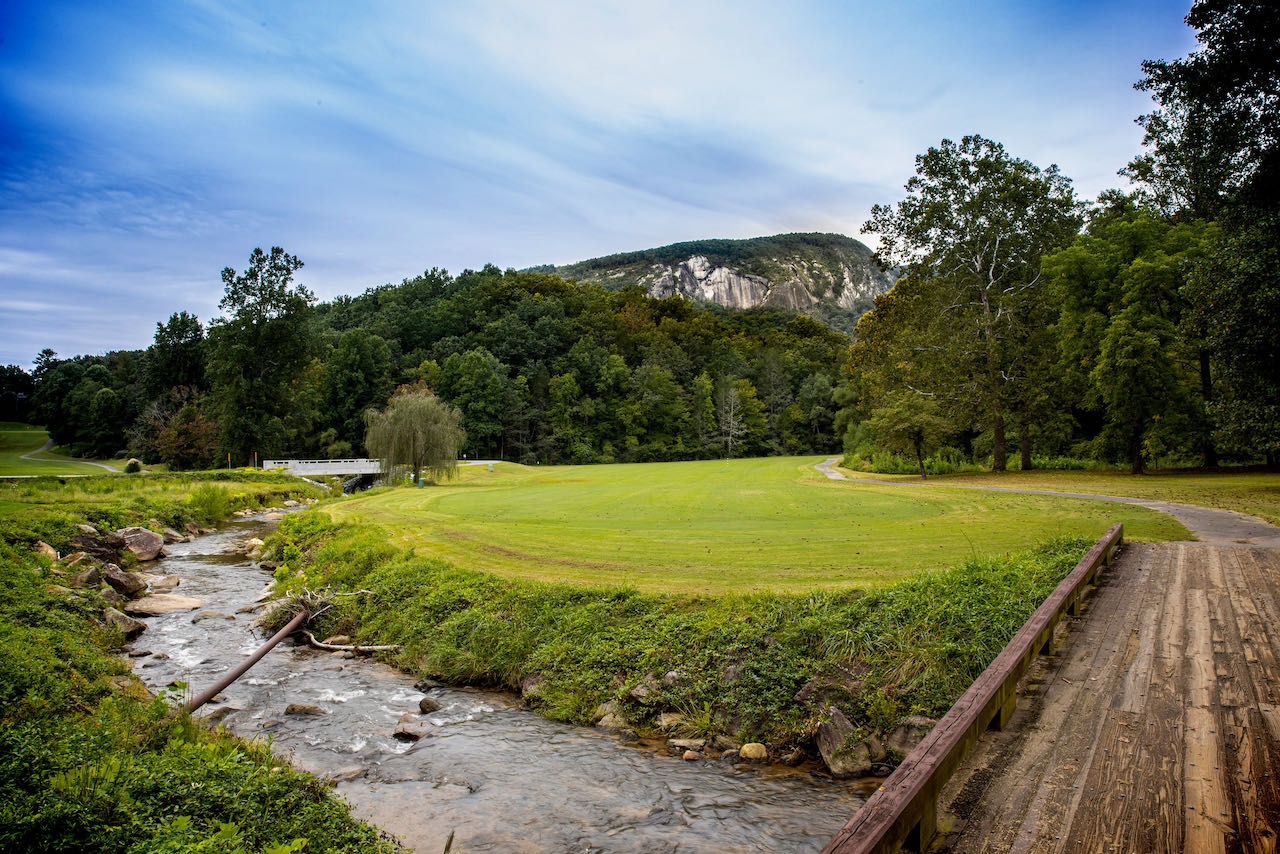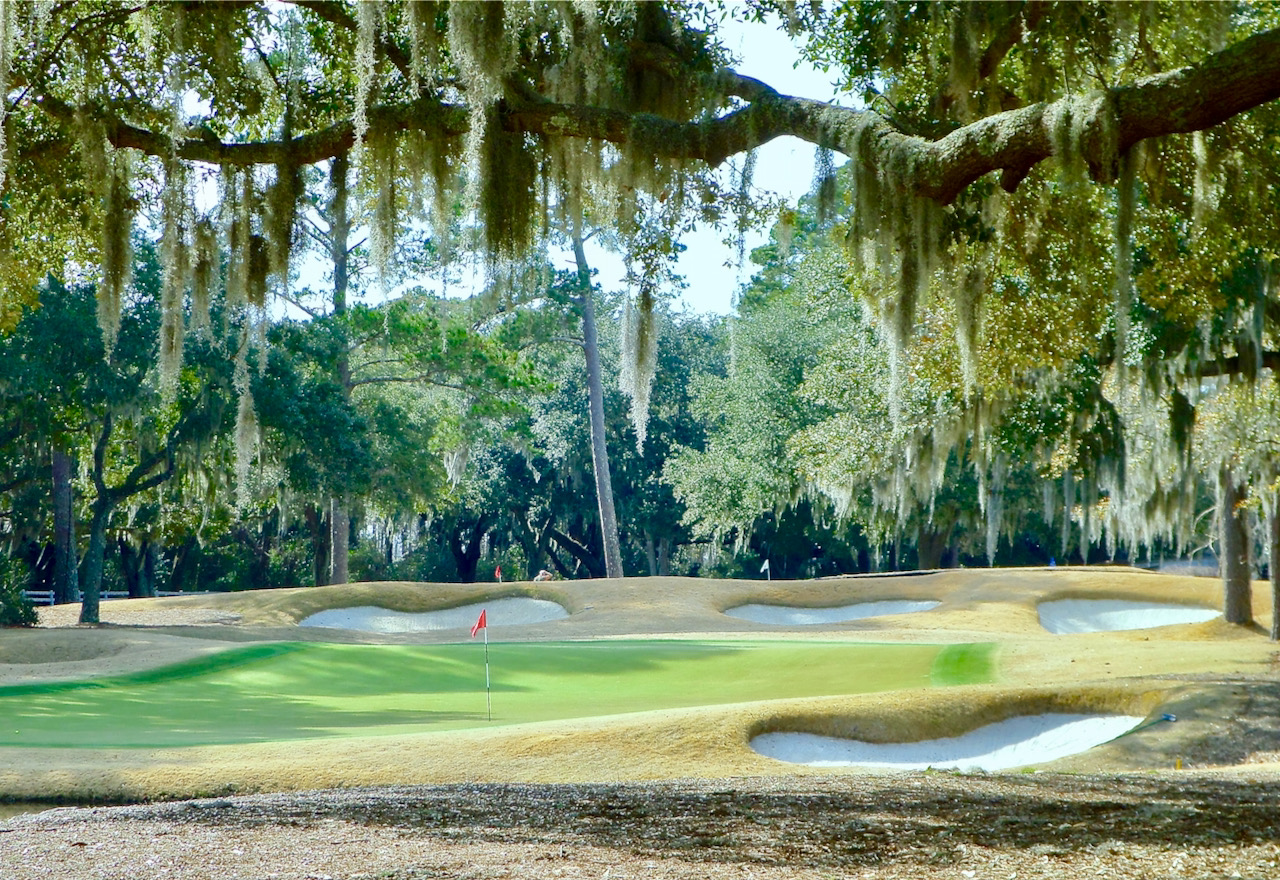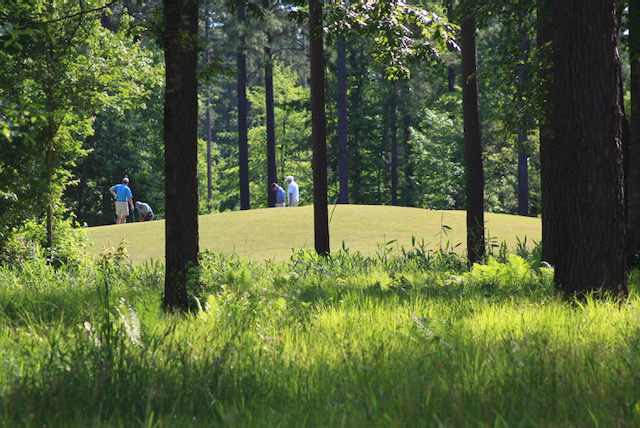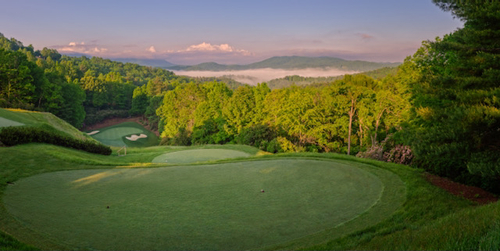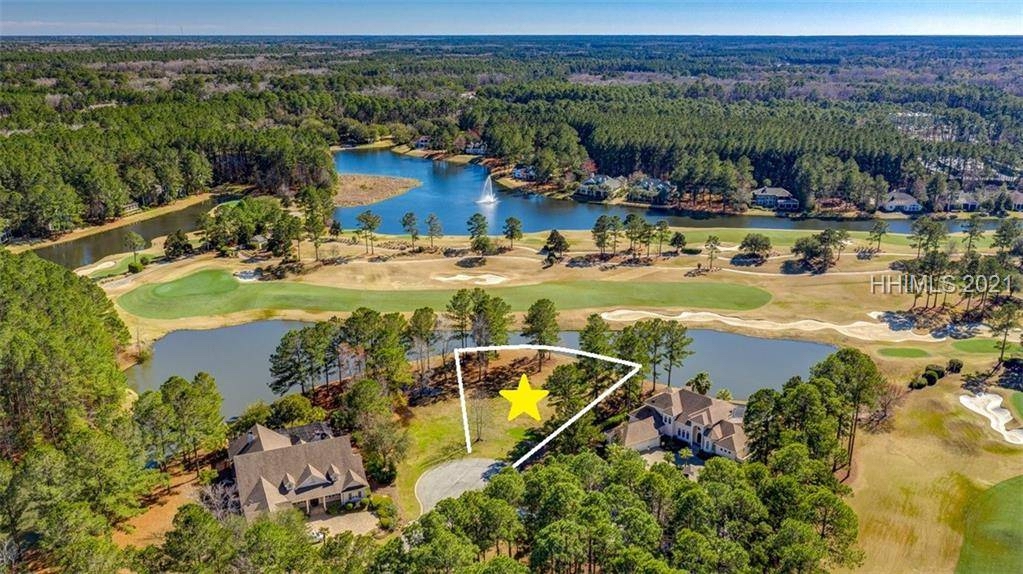This year, they waited too long.
A freak late October snowstorm has brought more trick than treat for those who waited. Could this finally be the tipping point for all those northerners beaten down by the weather?
Okay, no one wants to overreact to one freak snowstorm, but we also have memories of last winter when we actually had to rake snow off our roof in Connecticut lest the melting snow refreeze at night and send streams of water through the seams in skylights and windows. Some homeowners went so far as to take their snow blowers up on the roof. This is crazy, no?
While we were digging out from this snowstorm in Connecticut,
Long sad story short: It is warmer in the south, it is cheaper to live in the south, the chances of a storm that affects your home life seems more remote in the south -– in short, what are those of us who are ready to move to a golf community waiting for?
If you need a bit more convincing, we have an idea: Join us for the first ever Home On The Course “discovery weekend” at The Landings, just 15 minutes from downtown Savannah, December 1 to 4. The weekend includes golf, dinners, a tour of the 4,800-acre community and its six golf courses and, at your option, a personal visit to homes for sale that fit your requirements and price range. (The Landings features homes from the $300s to the millions.) For more information, please click here.
Note: The Landings and Savannah are about as close to hurricane proof as you can get on the eastern seaboard, with only one storm that included winds of more than 80 mph in the last 100 years. As for snow, it is almost as rare.
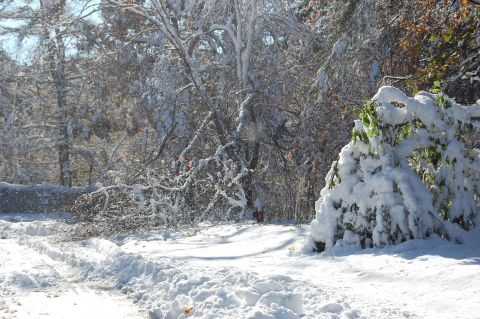
Your editor and his wife lost a dozen trees in the freak October storm. It is enough to make a couple want to move south, and quickly.







